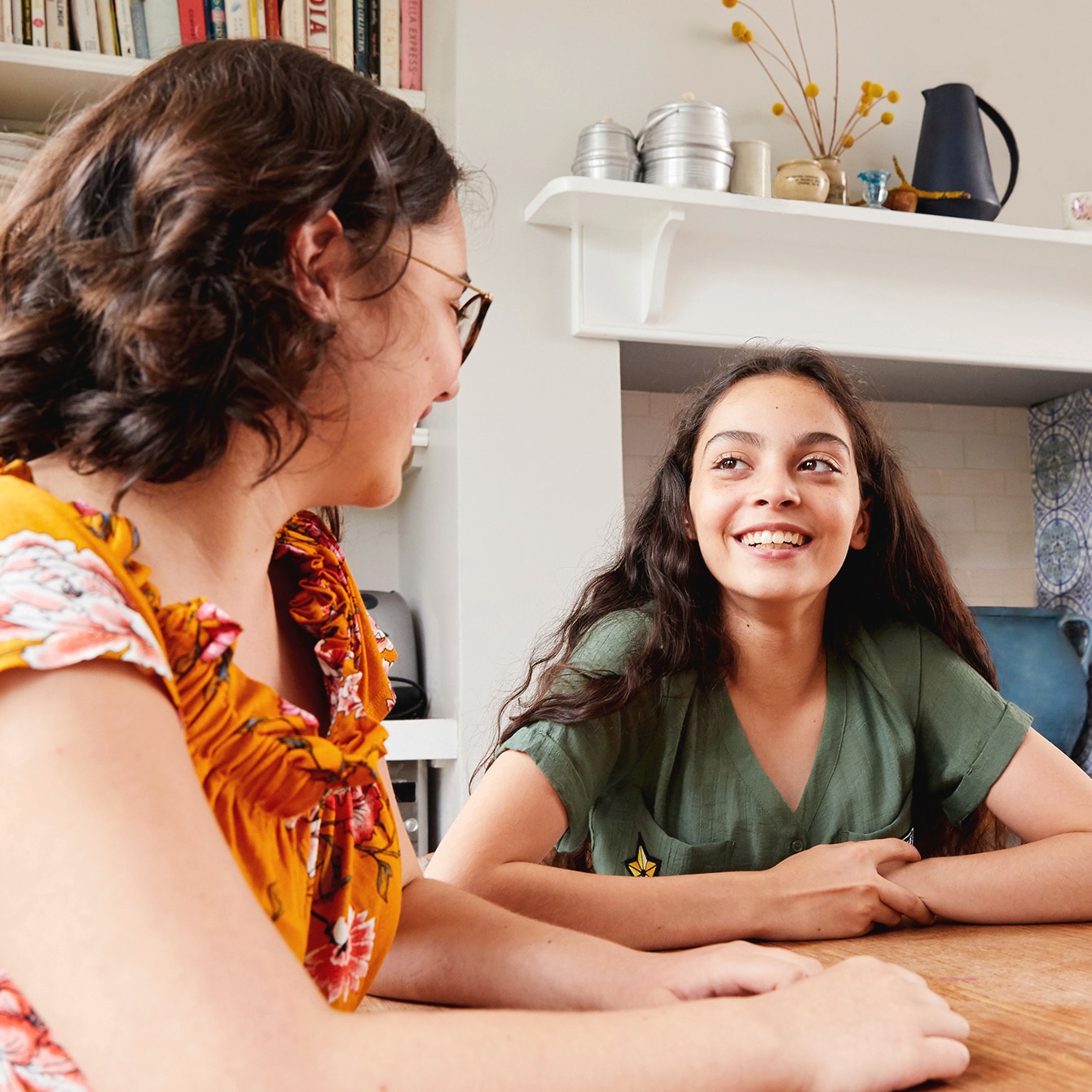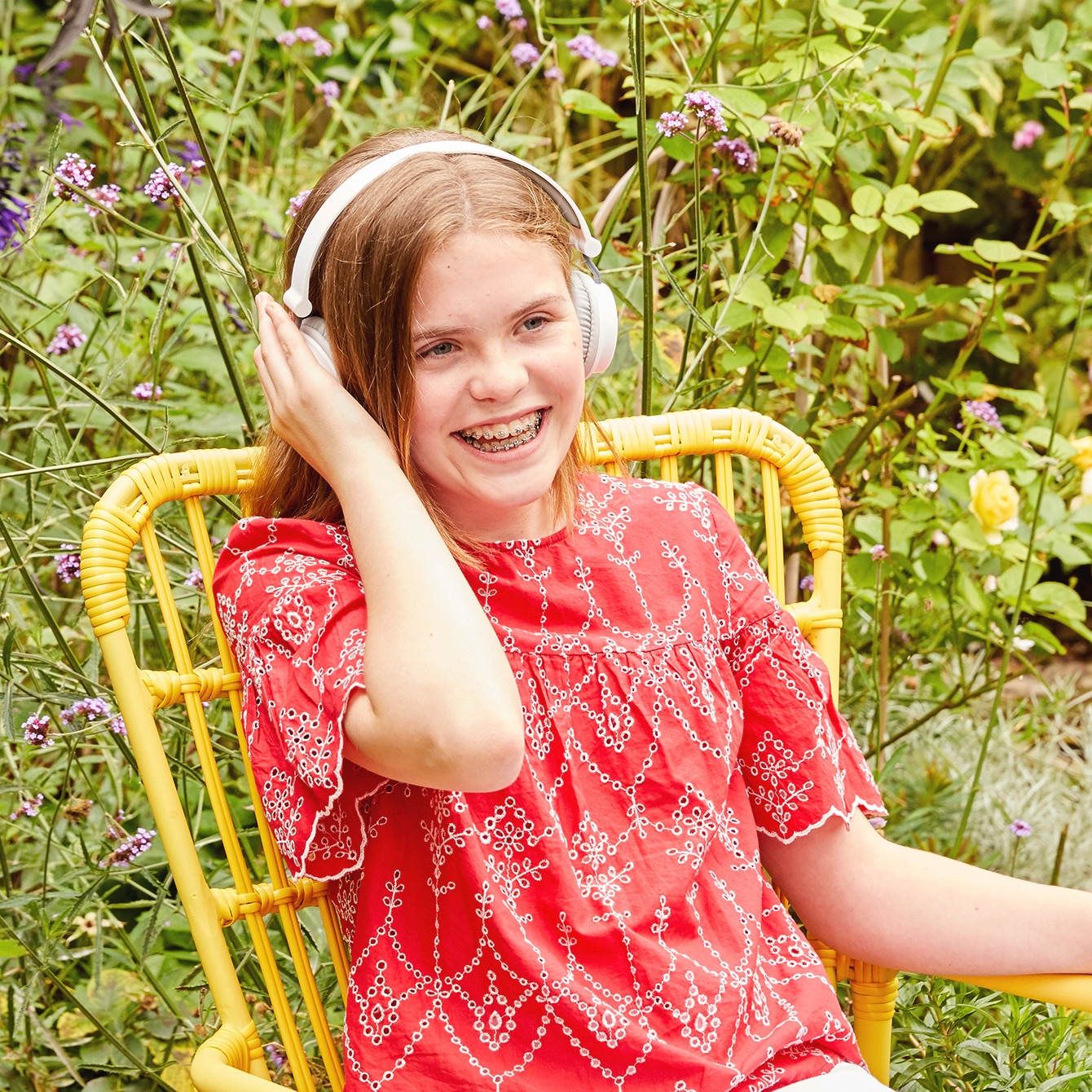Worried your child is being bullied and not sure how to tackle it? Use our action checklist to spot the signs of bullying and help beat it.
Teasing and taunts
What were the most common taunts when you were young? “Four-eyes”, “freckle-face”, “tubby”? Most of the names we remember being called as kids are related to looks.
Sadly, not much has changed. A UK Government study by Ofsted called No Place for Bullying found that today’s pupils most commonly experience bullying related to appearance. In primary schools, bullies focus on physical traits such as red hair, or being tall or small, or “fat” or “skinny”. In secondary schools, other aspects of appearance come under attack – clothes, hairstyles and accessories that don't conform to the latest trends.
Girls and boys often disagree, fight, tease and banter with their friends. But bullying is different. According to the US Government’s Stopbullying website, it is “unwanted, aggressive behaviour among school aged children that involves a real or perceived power imbalance. Bullying includes actions such as making threats, spreading rumours, attacking someone physically or verbally, and excluding someone from a group on purpose.”
What are the signs of bullying?
How can you tell if your child is being bullied? Parents should be aware of the following indicators:
- Change in behaviour or emotional state – are they suddenly more withdrawn or aggressive than usual?
- Physical signs – such as cuts, bruises or damaged clothes
- Avoiding school – making excuses and feigning illness
- Lack of interest – especially in the things your child normally enjoys
Some signs may indicate bullying specifically about looks. For example, your child:
- Changing the way they dress or look – maybe trying a drastically different hairstyle or stopping wearing glasses
- Attempting to cover up their size – perhaps by wearing baggy, shapeless clothes
These signs can be just a normal part of growing up, though. So instead of jumping to conclusions, encourage your child to open up to you.
Talking to your child about being bullied
If you're agonising over the best way to talk to your child it’s best to approach them honestly. “You don’t have to mention bullying to start with,” she advises. “Instead, try something like: ‘I’m worried about you, I think you’re unhappy.’”
Or you could start a conversation in a more neutral way by asking questions about you child's day. For example, “What was one good thing that happened to you today? Any bad things happen? Did you sit with friends at lunch?”
Let your child know you’re there to help – but be clear that you can only do so if you know what’s happening. If they insist nothing's going on, don’t push the issue, but treat it as a warning flag to keep looking for signs.
From talking to taking action
Dealing with bullying can take time, so be patient and understanding. Show your child you’re there to support them, and offer reassurance that there's no need to change their appearance. Find a way to tackle the bullying together using the action checklist below.




